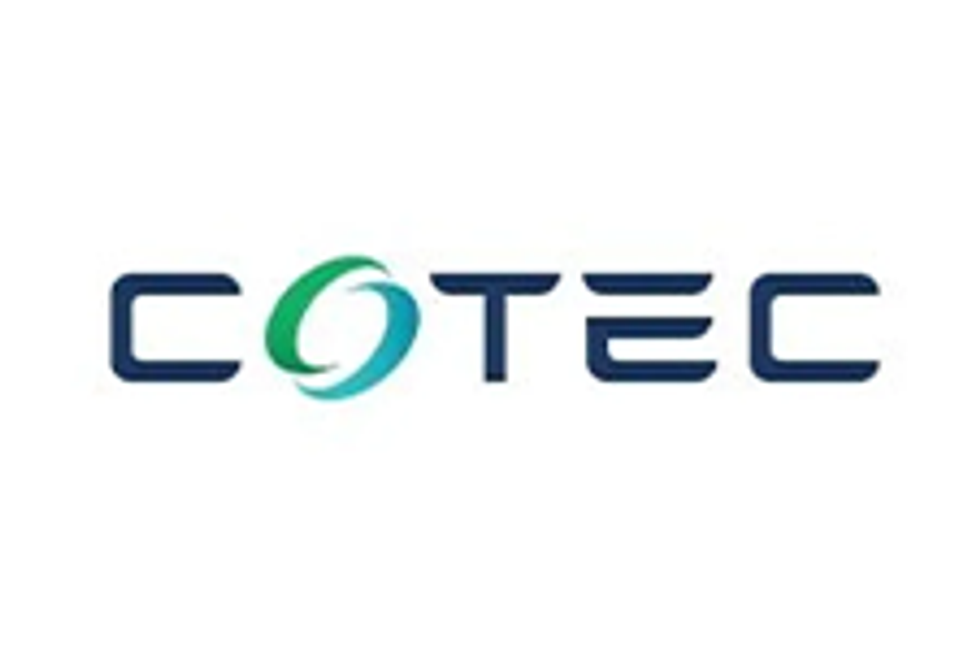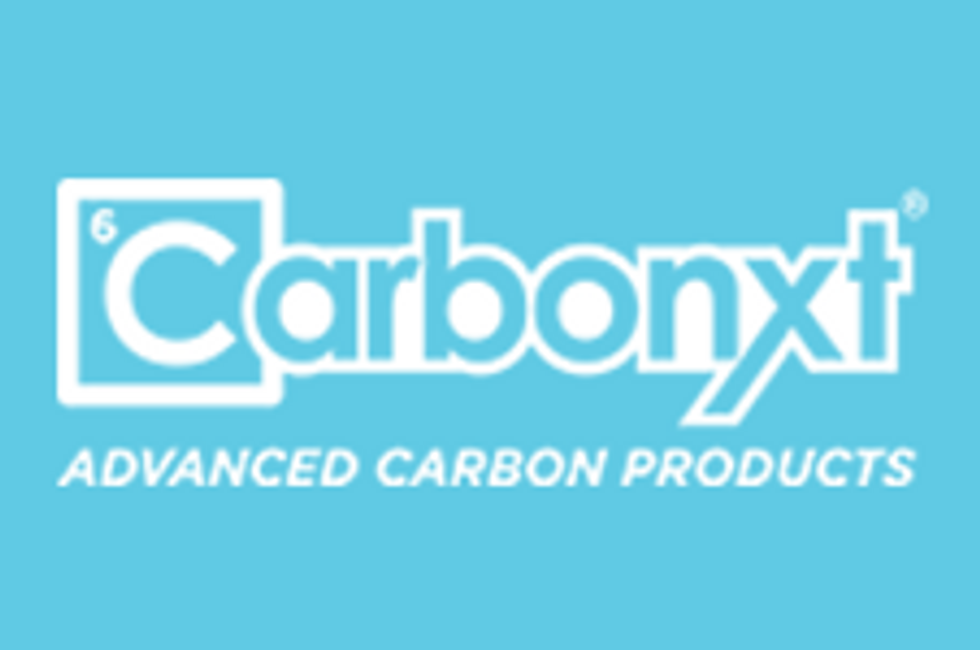Solar Energy Generation Is Overcoming its Barriers to Entry

Continuing challenges have not slowed the growth of global solar energy capacity.
For decades, solar energy generation has been seen as the energy of the future, with just a few hurdles to clear to make its potential into a reality.
Jimmy Carter famously placed solar panels on the White House lawn as early as 1979. Four decades later, after setbacks both political and technological, solar energy is still seen as the way of the future, but we’re far behind President Carter’s hope that we would be harvesting the majority of our energy from the sun by the year 2000.
The good news is that in recent years solar energy has hit a breakthrough with one of its greatest challenges. New technology under development today promises to drastically reduce the costs associated with solar energy. According to the International Energy Agency (IEA), solar energy is expected to dominate growth in the renewable energy sector and reach global capacity in five years’ time.
“What we are witnessing is the birth of a new era in solar photovoltaics [PV]. We expect that solar PV capacity growth will be higher than any other renewable technology up to 2022,” said Dr Fatih Birol, IEA executive director told the Guardian in October 2017.
Many of the barriers that were holding solar energy back in the 80s and 90s still present problems, for now, but we’re closer than we have ever been to seeing this form of renewable energy outshine all of the traditional energy sources.
Barriers and solutions for solar energy generation
One of the main problems holding back solar power and other clean energy sources is the fact that current energy infrastructure is not set up for the changes to the energy landscape that come with these new sources. We’re producing more renewable energy than ever before, but without the proper infrastructure in place, we may not be able to fully take advantage of it.
Unlike fossil fuel and other traditional energy sources, solar and wind energies are intermittent, meaning that these sources cannot produce energy around the clock. The sun doesn’t shine twenty-four hours a day and wind is not always strong enough to produce significant energy. What’s more, the sun shines strongest in different places depending on the time of the year, and it is not always shining on places where the necessary solar infrastructure exists. This means that there are times when solar plants are producing more energy than the grid can transport and times when they are not producing enough. Legacy power grids were designed under the assumption that they would always receive a steady and constant supply of power, and the variability associated with renewable energy sources presents a problem for grid stability.
The intermittency issues are not difficult to solve in concept. There is a number of viable ways to compensate for the fluctuations of variable renewable energy. The electric vehicle revolution has driven major improvements to battery technology and, as a result, power storage solutions are becoming less and less expensive. As power storage becomes cheaper, it becomes more viable to store excess power during peak hours and transport it to the grid when needed. The implementation of more flexible electric infrastructure that can adjust to power fluctuations and draw from the sources most viable at any given time is necessary to viability of renewable energy. Accurately predicting and adjusting to these fluctuations is difficult, but not impossible.
The cost of manufacturing solar equipment itself has been perhaps the greatest hindrance to the widespread adoption of solar energy since the advent of the technology. This is rapidly changing. A competitive marketplace for solar technology developers and demand for economical equipment have driven advancements in manufacturing techniques that have drastically reduced the costs associated with solar energy to the point where solar energy will soon be less expensive than fossil fuels.
The environmental impact of producing solar panels has historically been a significant problem as well. Solar panels require solar grade silicon and about five grams of silicon is required to generate one watt of electricity. The modern process of extracting silicon from quartz is energy intensive and produces carbon monoxide. The environmental impact of producing solar panels has been significant enough to effectively cancel out some of the environmental benefit of using solar energy.
Fortunately, new methods under development for producing silicon could soon drastically reduce the carbon emissions of silicon production while also reducing cost. HPQ Silicon (TSXV:HPQ) is working in partnership with PyroGenesis Canada (TSXV:PYR) on a method that uses plasma to convert high grade quartz to solar grade silicon in one step with significantly less energy used than traditional methods.
The fastest growing energy source
Renewable energy is on pace to surpass fossil fuels by 2020. Global solar capacity totaled over 303 gigawatts in 2016 and 2017 brought an incredible 98 gigawatts of new solar energy capacity. That’s more than all other energy technology, including other renewables. In comparison, 70 gigawatts of fossil fuel energy capacity was added in 2017. Creating demand for solar energy over fossil fuels is cost. The current cost of fossil fuel generation today is between $0.05 and $0.17 per kilowatt hour in G20 countries while solar could become as low as $0.03 per kilowatt hour by 2019.
Solar is outpacing other energy sources as well. Wind energy capacity totals more than solar currently at 487 gigawatts but added less capacity in 2017 with 52.67 gigawatts. Geothermal totaled 13.5 gigawatts in 2017. Solar outpaced added nuclear capacity in 2017 as well.
Takeaway
It’s an exciting time for solar. The economic and technical issues that have held the technology back for decades are finally on their way out and the global market is looking to renewable energy more than ever before. Currently one percent of global energy is produced by the sun, but that figure is expected to reach 10 percent by 2030. President Carter may have been off by a couple decades with his prediction of solar dominance, but the peanut farmer could end up being right about the energy of the future after all.
This INNSpired article was written as part of an advertising campaign for a company that is no longer a client of INN. This INNSpired article provides information which was sourced by INN, written according to INN's editorial standards, in order to help investors learn more about the company. The company’s campaign fees paid for INN to create and update this INNSpired article. INN does not provide investment advice and the information on this profile should not be considered a recommendation to buy or sell any security. INN does not endorse or recommend the business, products, services or securities of any company profiled. If your company would benefit from being associated with INN's trusted news and education for investors, please contact us.





